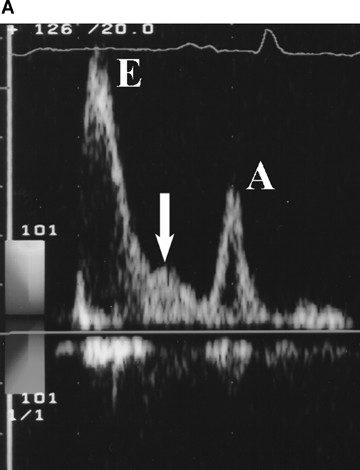Steroidal Contraceptives
Contents
- 1 Use of combined OCP can reduce risk of endometrial cancer up to
- 2 Mode of action of OCP does not include
- 3 Contraindications for prescribing OCP are all except
- 4 Not true of Progesterone Only Pill is
- 5 Monitoring for serum potassium level is required for pills containing
- 6 Acne can be avoided by taking the OCP containing
Use of combined OCP can reduce risk of endometrial cancer up to
A. 15%
B. 27%
C. 50%
D. 65%
Mode of action of OCP does not include
A. Inhibition of ovulation
B. Hyperplasia of endometrium
C. Viscid and scanty cervical mucus
D. Inhibits FSH rise and prevents follicular growth
Contraindications for prescribing OCP are all except
A. Smokers
B. Tuberculosis
C. Sickle cell disease
D. history of migraine
Not true of Progesterone Only Pill is
A. Drospirenone has anti-mineralocorticoid activity.
B. More effective in treating polycystic ovary syndrome
C. Pill of choice after bariatric surgeries
D. Can be taken continuously without a hormone-free period
Monitoring for serum potassium level is required for pills containing
A. Desogestrel
B. Drospirenone
C. Levonorgestrel
D. Norgestimate
Acne can be avoided by taking the OCP containing
A. Levonorgestrel
B. Desogestrel
C. Norgestimate
D. Norethindrone acetate
In shorts
- Currently, there are three types of oral contraceptive pills: combined estrogen-progesterone, progesterone-only, and continuous or extended use pill.
- Approximately 25% of women aged 15 to 44 who currently use contraception reported using the pill as their method of choice.
- Progesterone is the hormone that prevents pregnancy, and the estrogen component controls menstrual bleeding.
- OCP’s can be used to address other health conditions, particularly menstrual-related disorders such as menstrual pain, irregular menstruation, fibroids, endometriosis-related pain, and menstrual-related migraines
- Combined OC use decreases the risk of ovarian cancer by 27%
- OCs have also been reported to reduce the risk of colon cancer by 18%
- Women who have two or more risk factors for cardiovascular diseases such as older age, diabetes, hypertension, or smoking should also not use COC as the risk outweighs benefits

Image Question-55
Contents1 What is the name of the wave marked by arrow?2 L-wave in Transmitral flow...

Image Question-54
Case contributed by Andressa Wiltgen What is the diagnosis? [A] Achondroplasia[B] Anencephaly[C] Crouzon syndrome[D] Atelosteogenesis...

Image Question-53
Contents1 What is the characterstic finding seen in X-Ray?2 Characteristic rice grain calcification appearance3 Whiat...

Conversion disorders presenting as hemiparesis
Which of the following sign is used to differentiate Conversion disorders presenting as hemiparesis from...

Mechanism of Positive Hoffmann’s Reflex
Hyperreflexia in the setting of upper motor neuron dysfunction Sudden stretch of the finger flexors...

Mayer reflex
Contents1 Position of Hand for Reflex elicitation2 Reflex elicitation3 Hoffman Reflex4 Tromner Reflex Mayer Reflex:...

Brockenbrough-Braunwald-Morrow sign
Contents1 Brockenbrough-Braunwald-Morrow sign seen in2 Brockenbrough-Braunwald-Morrow sign3 All of the following are TRUE EXCEPT for...

Significant Coronary artery lesion
A coronary artery lesion is generally considered significant and flow-limiting if the narrowing of the...

Fractional flow reserve (FFR)
Fractional flow reserve (FFR) measurement – Maximum achievable blood flow in a diseased coronary artery...

‘Claw and ball’ appearance
‘Claw and ball’ appearance is a feature of [A] Dysplastic Nevi[B] Psoriasis[C] Lichen nitidus[D] Angioblastoma...





